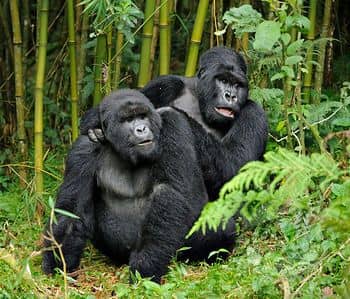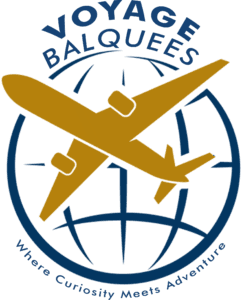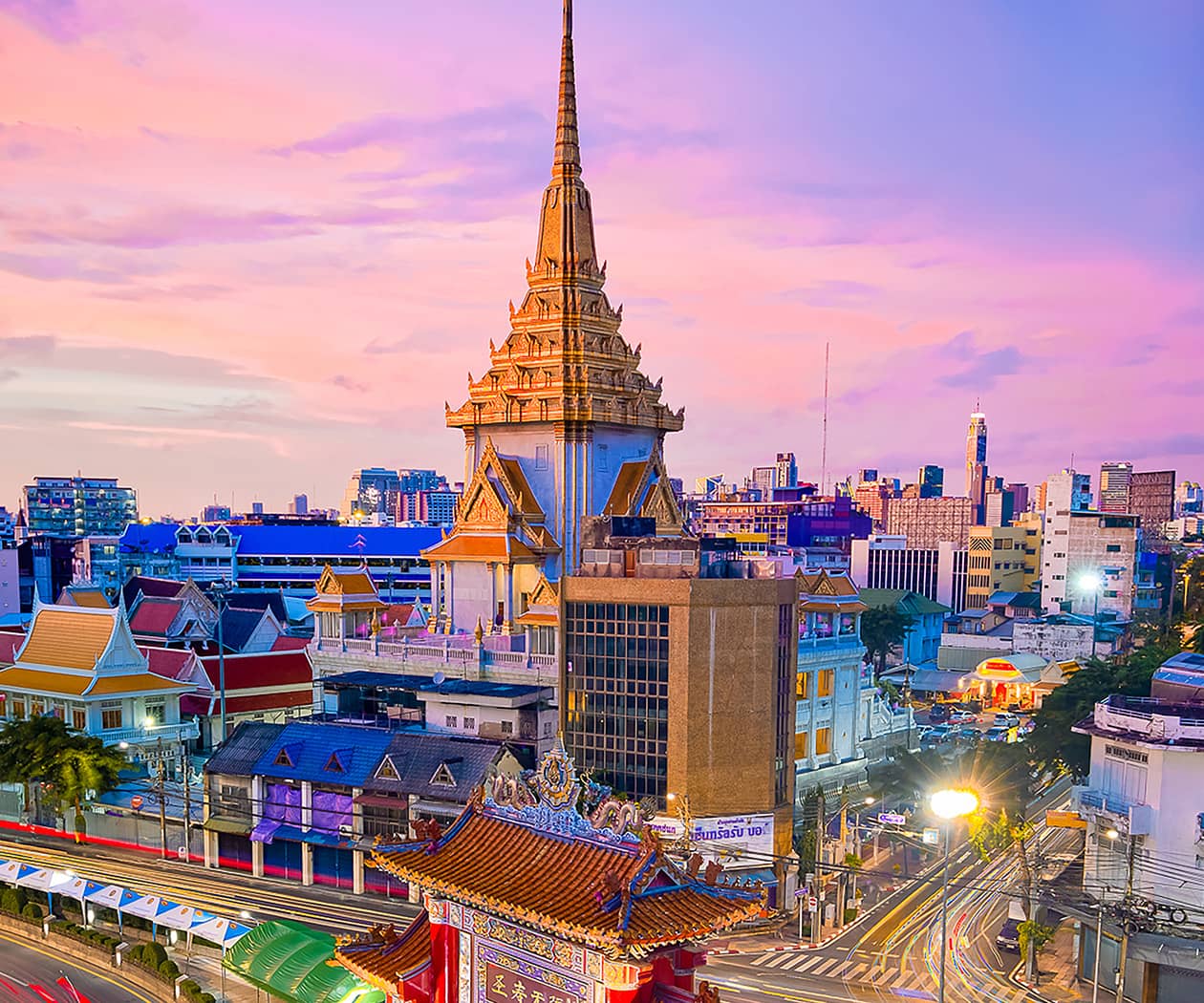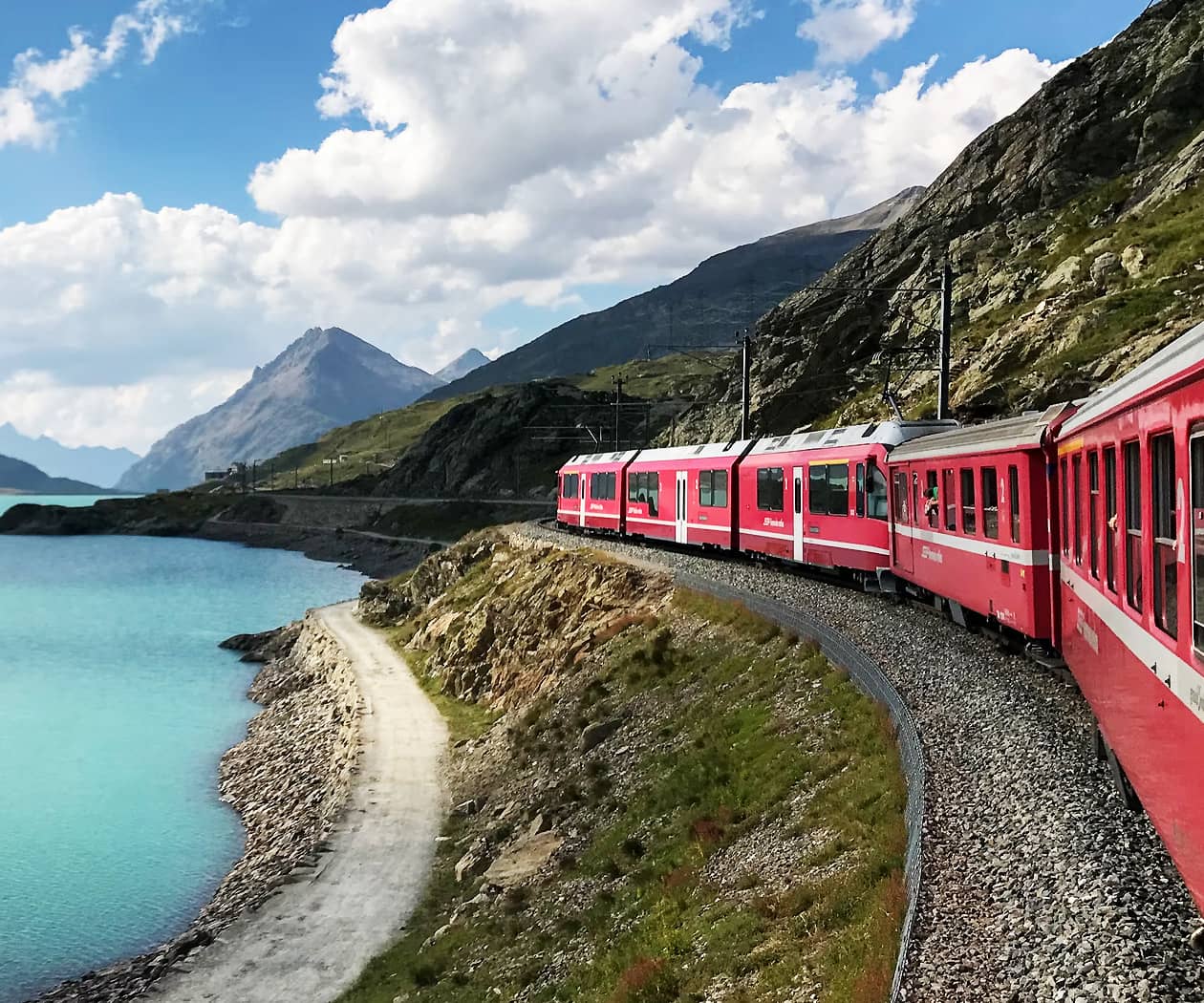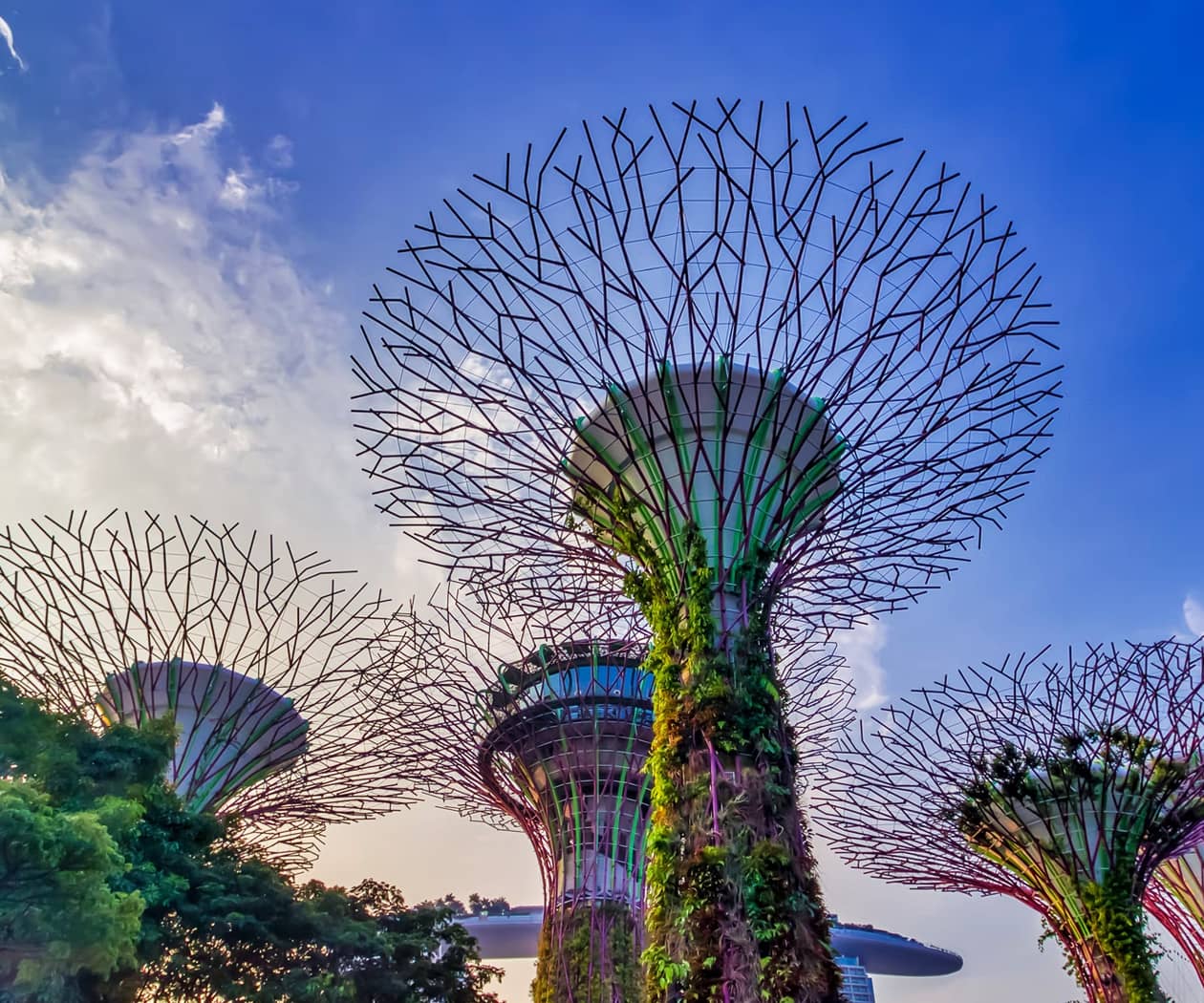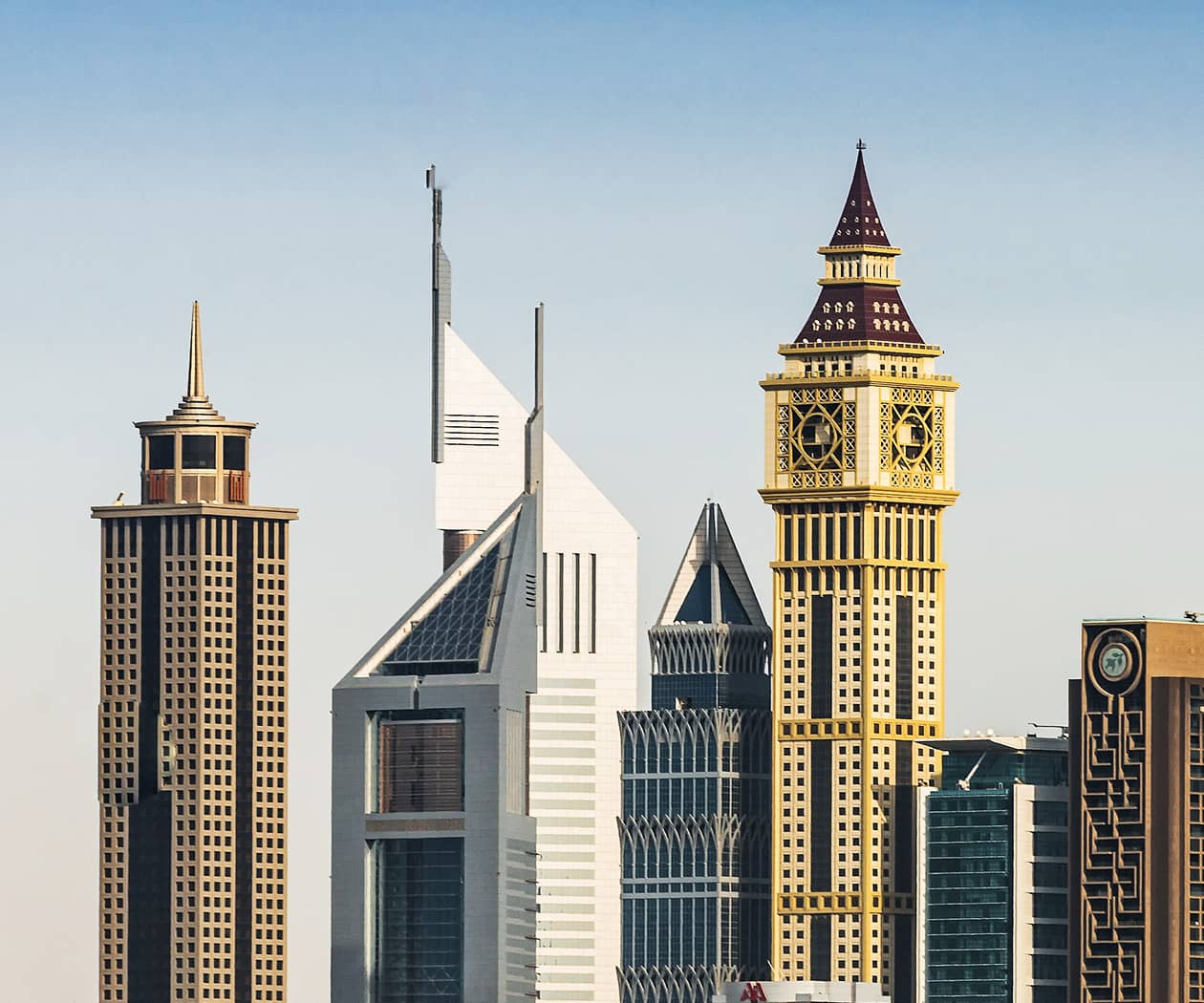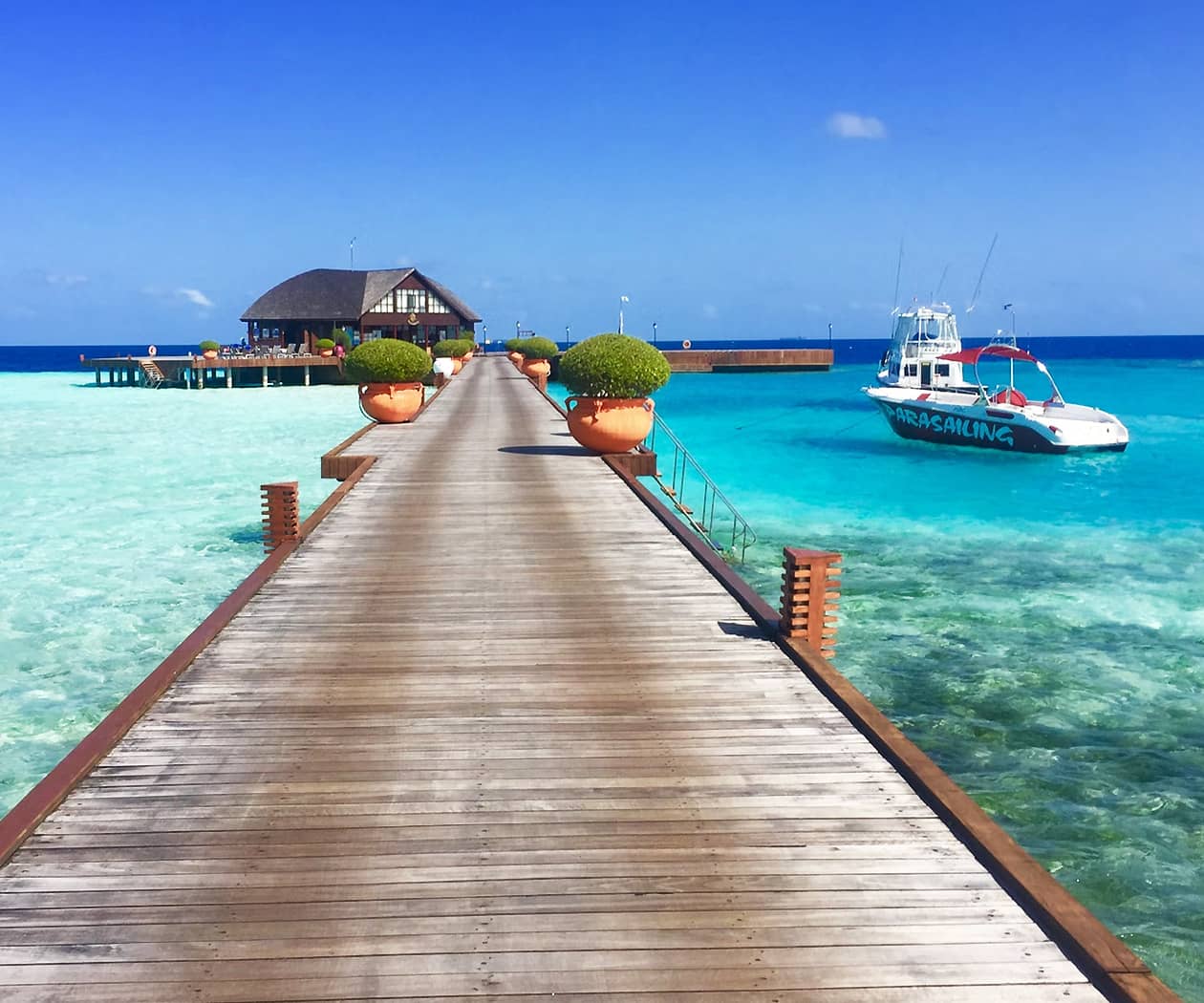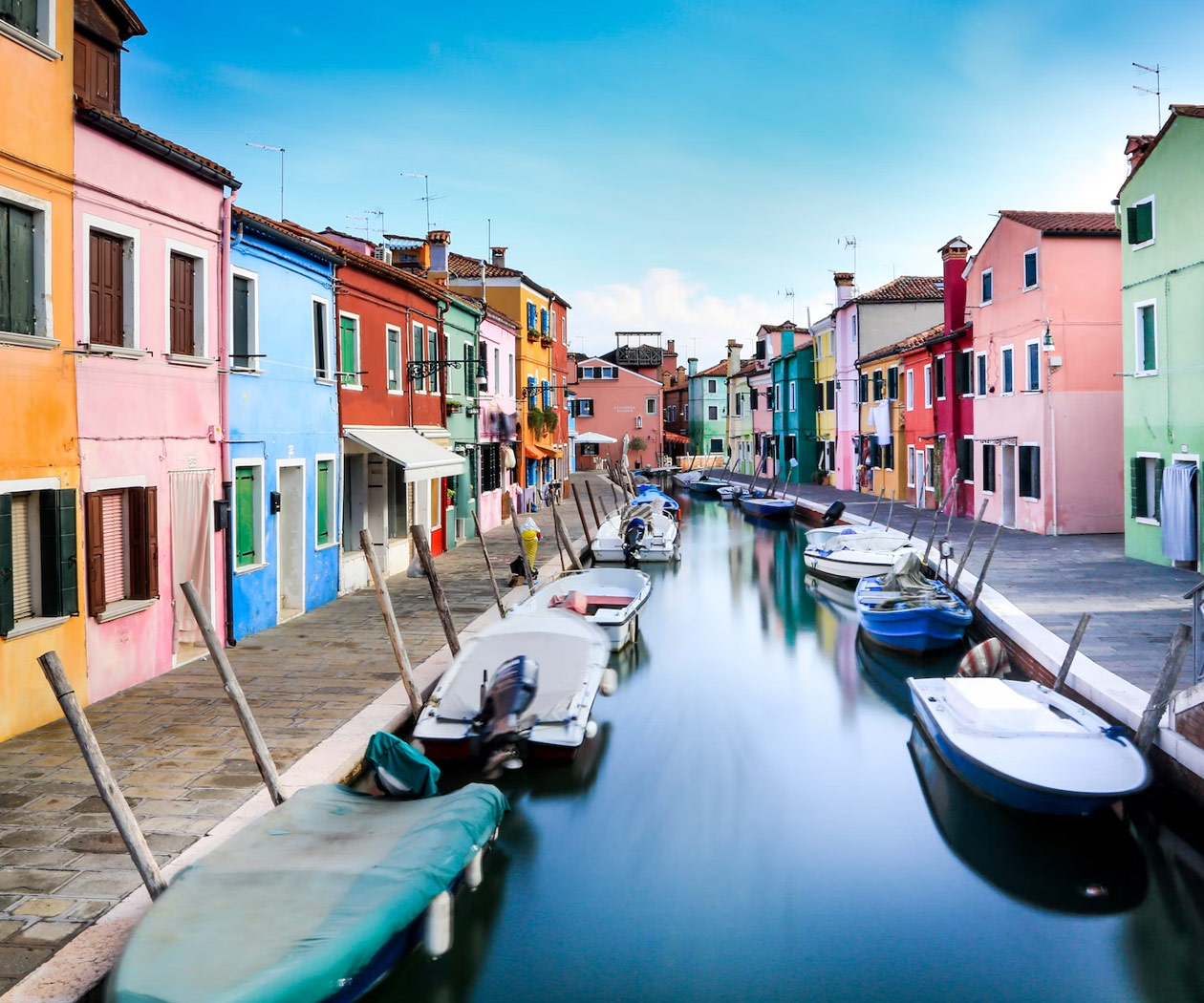Gorilla Trekking for Photographers
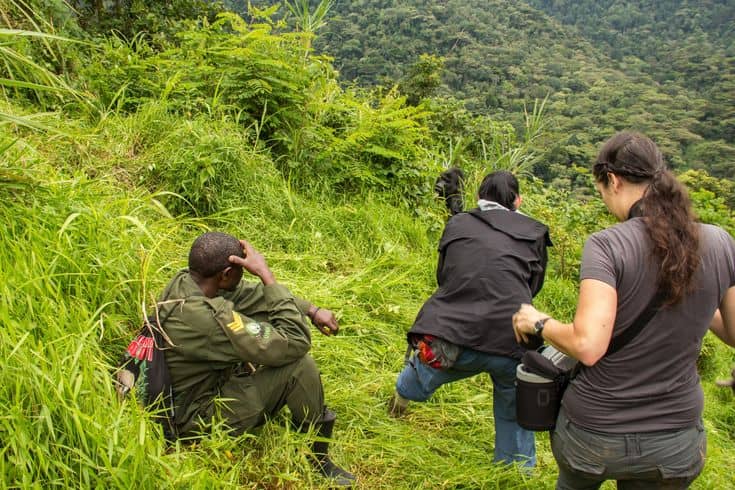
For wildlife photographers, few experiences compare to encountering endangered mountain gorillas in their natural habitat. Gorilla trekking for photographers offers a rare opportunity to document these majestic creatures up close, but it requires careful preparation, the right gear, and an understanding of the unique challenges of forest photography.
In this comprehensive guide, we’ll cover everything you need to know to capture stunning images during your gorilla trekking adventure in Uganda or Rwanda, from camera gear recommendations to lighting tips and ethical photography practices.
Why Gorilla Trekking is a Dream for Photographers
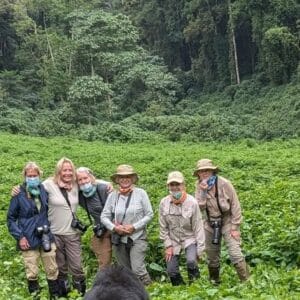
Mountain gorillas are among the most photogenic wildlife subjects on Earth. Their expressive faces, human-like behaviors, and dramatic forest surroundings create endless photographic opportunities. However, the dense rainforest environment presents challenges like low light, fast movement, and unpredictable weather.
Whether you’re a professional photographer or an enthusiastic amateur, gorilla trekking for photographers requires a different approach than typical safari photography. Here’s how to make the most of your shoot.
Essential Camera Gear for Gorilla Trekking
1. The Right Camera Body
-
DSLR or Mirrorless – A fast, full-frame camera (e.g., Canon EOS R5, Sony A7 IV, Nikon Z8) performs best in low light.
-
Crop-Sensor Cameras – Also work well if paired with fast lenses (e.g., Canon 7D Mark II, Sony A6600).
-
Weather Sealing – Rain and humidity are common, so weather-resistant gear is a must.
2. Best Lenses for Gorilla Photography
-
70-200mm f/2.8 – Ideal for close-up portraits while maintaining distance.
-
24-70mm f/2.8 – Great for environmental shots showing gorillas in their habitat.
-
100-400mm or 200-600mm – Useful for shy gorillas or when you need extra reach.
3. Other Must-Have Accessories
-
Extra Batteries – Cold and humid conditions drain batteries faster.
-
Large Memory Cards – Gorilla encounters are brief; you’ll shoot hundreds of images.
-
Bean Bag or Monopod – Helps stabilize shots without bulky tripods.
-
Rain Cover – Protects your gear from sudden downpours.
Camera Settings for Perfect Gorilla Shots
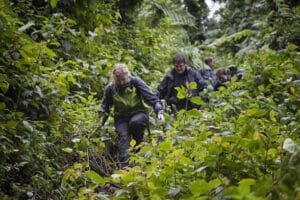
1. Shooting in Low Light
-
Aperture Priority Mode (f/2.8-f/4) – Lets in maximum light.
-
High ISO (800-3200) – Modern cameras handle noise well; don’t be afraid to push ISO.
-
Fast Shutter Speed (1/500s or faster) – Freezes gorilla movements.
2. Focus & Composition Tips
-
Continuous Autofocus (AI Servo/AF-C) – Tracks moving gorillas.
-
Focus on the Eyes – Creates emotional, engaging portraits.
-
Rule of Thirds – Position gorillas off-center for dynamic compositions.
3. Dealing with Dappled Light
-
Spot Metering – Prevents overexposure in patchy forest light.
-
Shoot in RAW – Allows better post-processing adjustments.
Ethical Photography: Respecting the Gorillas
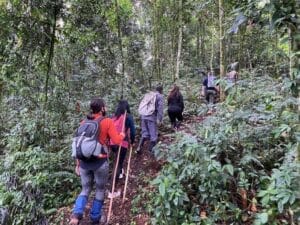
While gorilla trekking for photographers is thrilling, it’s crucial to prioritize the animals’ well-being:
No Flash Photography – Startles gorillas and is prohibited.
Keep Your Distance (7m minimum) – Use zoom lenses rather than approaching closer.
Stay Quiet & Move Slowly – Avoid disturbing natural behaviors.
Follow Your Guide’s Instructions – They know gorilla body language best.
Best Locations for Gorilla Trekking Photography
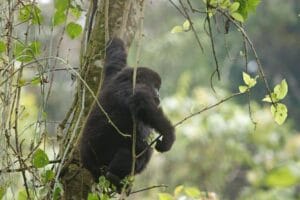
1. Bwindi Impenetrable Forest, Uganda
-
Pros: Largest gorilla population, dramatic jungle backdrops.
-
Best for: Environmental storytelling shots.
2. Volcanoes National Park, Rwanda
-
Pros: Easier terrain, shorter treks, stunning volcanic scenery.
-
Best for: Portrait-focused photography.
3. Mgahinga Gorilla Park, Uganda
-
Pros: Smaller groups, unique golden monkey opportunities.
-
Best for: Intimate wildlife moments.
Post-Processing Tips for Gorilla Photos
-
Boost Shadows – Recover details in dark fur.
-
Reduce Highlights – Balance bright forest gaps.
-
Enhance Greens – Make foliage pop without oversaturating.
-
Subtle Sharpening – Accentuate fur texture.
Final Thoughts: Gorilla Trekking for Photographers
Gorilla trekking for photographers is a bucket-list experience that demands preparation but rewards you with once-in-a-lifetime images. By bringing the right gear, mastering forest lighting, and respecting wildlife guidelines, you’ll return with a portfolio of powerful, emotive photographs.
Ready to embark on your adventure? Book your gorilla permit, pack your camera bag, and get ready to capture the soul of the jungle!
Have questions about gorilla photography? Ask in the comments below!
